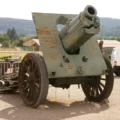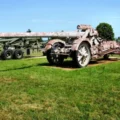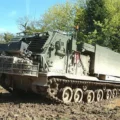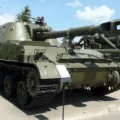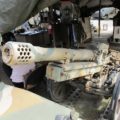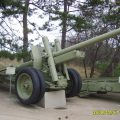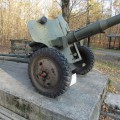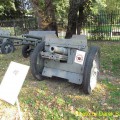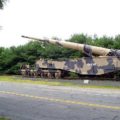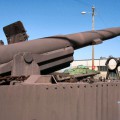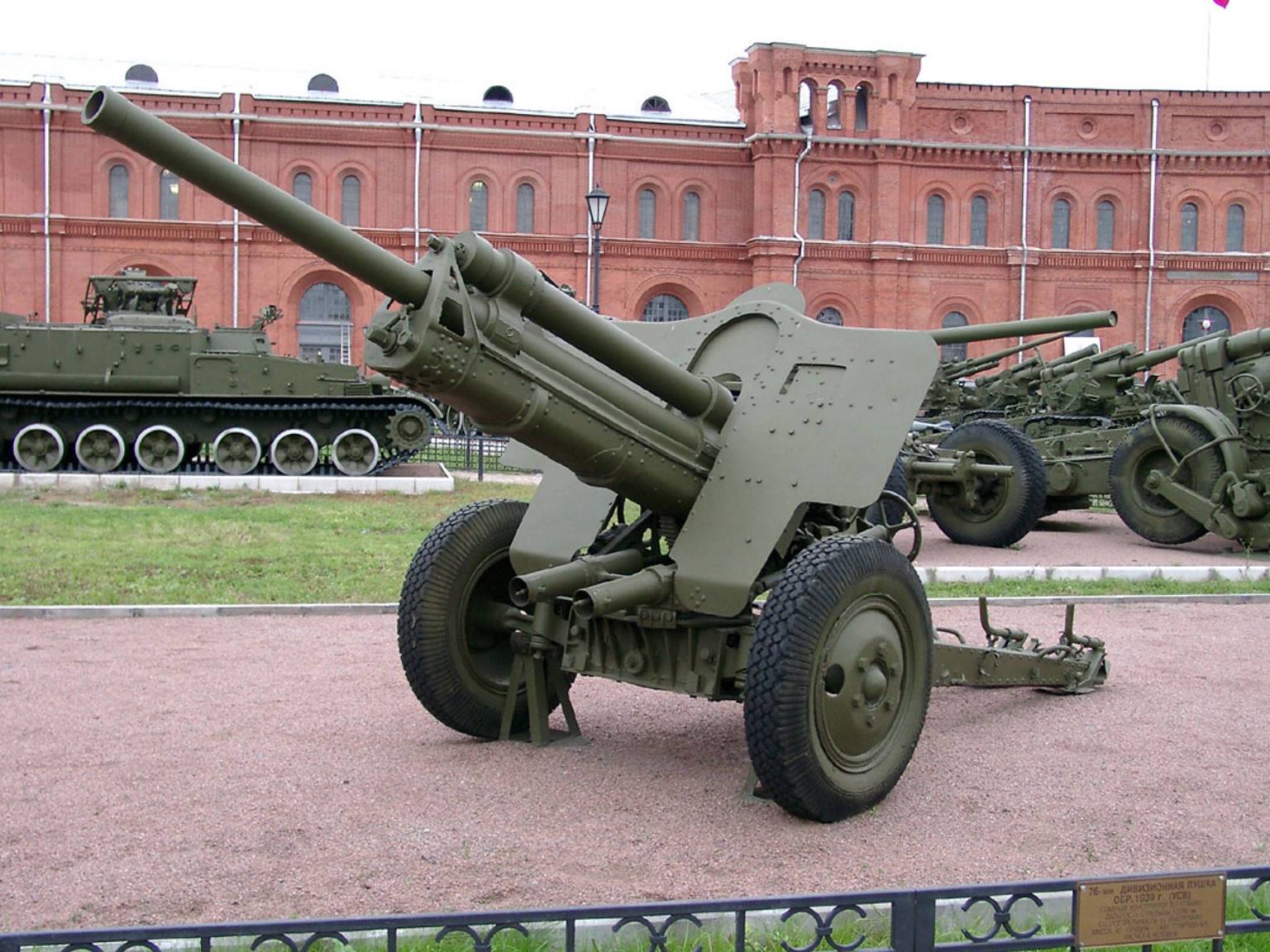
Cannone divisionale da 76 mm M1939 | |
| Paese | Unione Sovietica |
| digitare | Cannone divisionale |
| Fotografia | Jurij Pasholok |
| Individuare | Inconsapevole |
| Descrizione | Album di 21 foto walk-around di «76 mm pistola divisionale M1939» |
Galleria fotografica di un Cannone divisionale da 76 mm M1939, The 76-mm divisional gun M1939 (F-22 USV or USV) (Russian: 76-мм дивизионная пушка обр. 1939 г. (Ф-22 УСВ or УСВ)) was a 76.2 mm cannon produced in the Soviet Union. It was adopted for Red Army service in 1939 and used extensively in World War II. The gun was designated as “divisional” – issued to batteries under the direct control of division headquarters. The F-22 USV was an intermediate model, coming between the F-22, which had limited anti-aircraft capability, and the simpler and cheaper ZiS-3, which eventually replaced it in production and service.
Vedi anche:
Le Cannone divisionale da 76 mm M1939 era un pezzo di artiglieria sovietica utilizzato durante la seconda guerra mondiale. Fu progettato per sostituire il vecchio cannone divisionale da 76 mm M1936, che aveva una canna più corta e una velocità iniziale inferiore. L'M1939 aveva una canna più lunga e una velocità iniziale più elevata, che ne aumentava la portata e la penetrazione. L'M1939 era inoltre dotato di un meccanismo di culatta semiautomatico, che ne migliorava la cadenza di fuoco.
Le Anno 1939 era montato su un carro a binario diviso, che ne permetteva il traino da cavalli o camion. L'M1939 è stato utilizzato come cannone anticarro, da campo e antiaereo. Era in grado di sparare proiettili perforanti, ad alto esplosivo, a frammentazione e schegge. L'M1939 fu ampiamente utilizzato dall'esercito sovietico e dai suoi alleati durante la guerra e si dimostrò efficace contro i carri armati e la fanteria tedeschi. L'M1939 fu anche esportato in diversi paesi dopo la guerra e rimase in servizio fino agli anni '60.
Visualizzazioni : 2203


